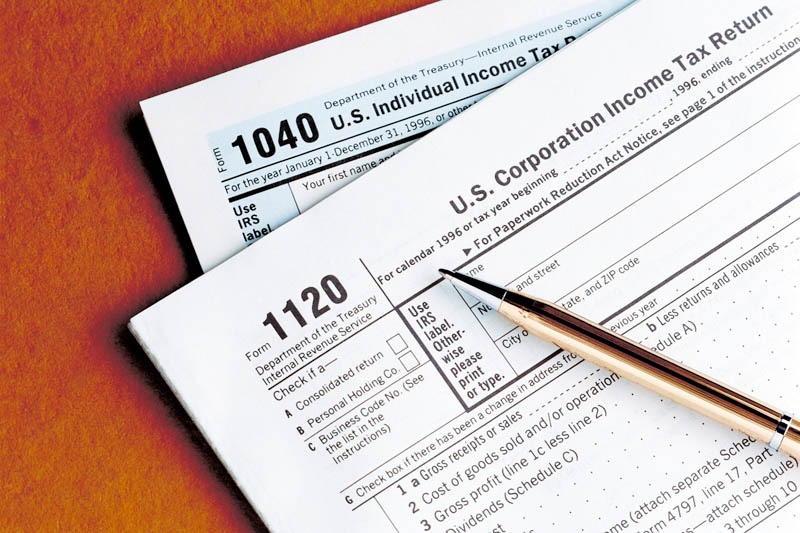
Ability for bonus depreciation is changing, so if a farmer is looking to make capital expenditures, this is the year to do it, says OSU Extension educator David Marrison.Another significant change to the federal tax code involves Section 179, which works somewhat similarly to the bonus depreciation allowance.
December 23, 2011

As 2011 draws to a close, so do opportunities for farmers to take advantage of certain provisions of the federal tax code, according to Ohio State University Extension educator David Marrison.
Depreciation
“The ability for bonus depreciation is changing, so if you’re looking to make capital expenditures, this is the year to do it,” said Marrison, one of the leaders of OSU Extension’s Ag Manager Team. “You can depreciate 100 percent now, it will go to 50 percent next year, and after that it could go away completely depending on what Congress does.”
Marrison said that over the past decade, Congress has repeatedly allowed faster depreciation of capital assets to stimulate business investment by providing a “bonus” depreciation allowance in the year the asset is purchased.
The Tax Relief, Unemployment Insurance Reauthorization, and Job Creation Act of 2010 extended the depreciation bonus for 2011 and 2012 to encourage new equipment purchasing. The additional first-year depreciation rules allow farmers to deduct on their 2011 income tax returns 100 percent of the cost of qualifying assets purchased in 2011 and 50 percent of the cost of qualifying assets in 2012.
The ability to write off capital purchases, however, isn’t justification to make purchases just for the sake of limiting tax liabilities.
“Don’t buy new paint or new steel without doing a comprehensive business analysis,” Marrison advised. “Don’t buy it just to buy it, but make sure it fits with your business plan and farm needs.”
Section 179
The other significant impending change to the federal tax code involves Section 179, which according to Marrison, works somewhat similarly to the bonus depreciation allowance.
I.R.C. § 179 expensing allows farmers to elect to deduct part or all of the cost of qualifying farm assets in the year they are placed in service. Under current law, the dollar limit is $500,000 for 2011, $125,000 in 2012, and $25,000 in 2013 and beyond. Both new and used equipment is eligible for this deduction.
“You’re able to deduct a qualifying farm asset, basically a piece of equipment that is new to a farmer,” Marrison said. “It doesn’t have to be new equipment as with the bonus depreciation, so this provision applies to used equipment purchases, too. The two allowances work hand in hand.”
He said December is a key month for farmers as they finish harvest and consider last-minute strategies to manage potential tax liabilities. The Ohio Ag Manager newsletter is one resource to help understand potential opportunities, as well as impending changes to the tax code.
“This has been happening a lot in the past few weeks, because with the delayed harvest we’ve had less time,” Marrison explained. “The Ohio Ag Manager puts a number of tax-related articles out throughout the year. We would also highly recommend getting a copy of the Farmers’ Tax Guide from your local Extension office.”
Marrison said the Tax Guide gives the latest information on what’s new for 2011 and what may be new for 2012. The 2012 edition is now available, and Marrison said OSU Extension educators will have copies available in each local Extension office in the coming days.
The Ohio Ag Manager newsletter is published in collaboration by OSU Extension educators and faculty members of the Department of Agricultural, Environmental and Development Economics.
You May Also Like



